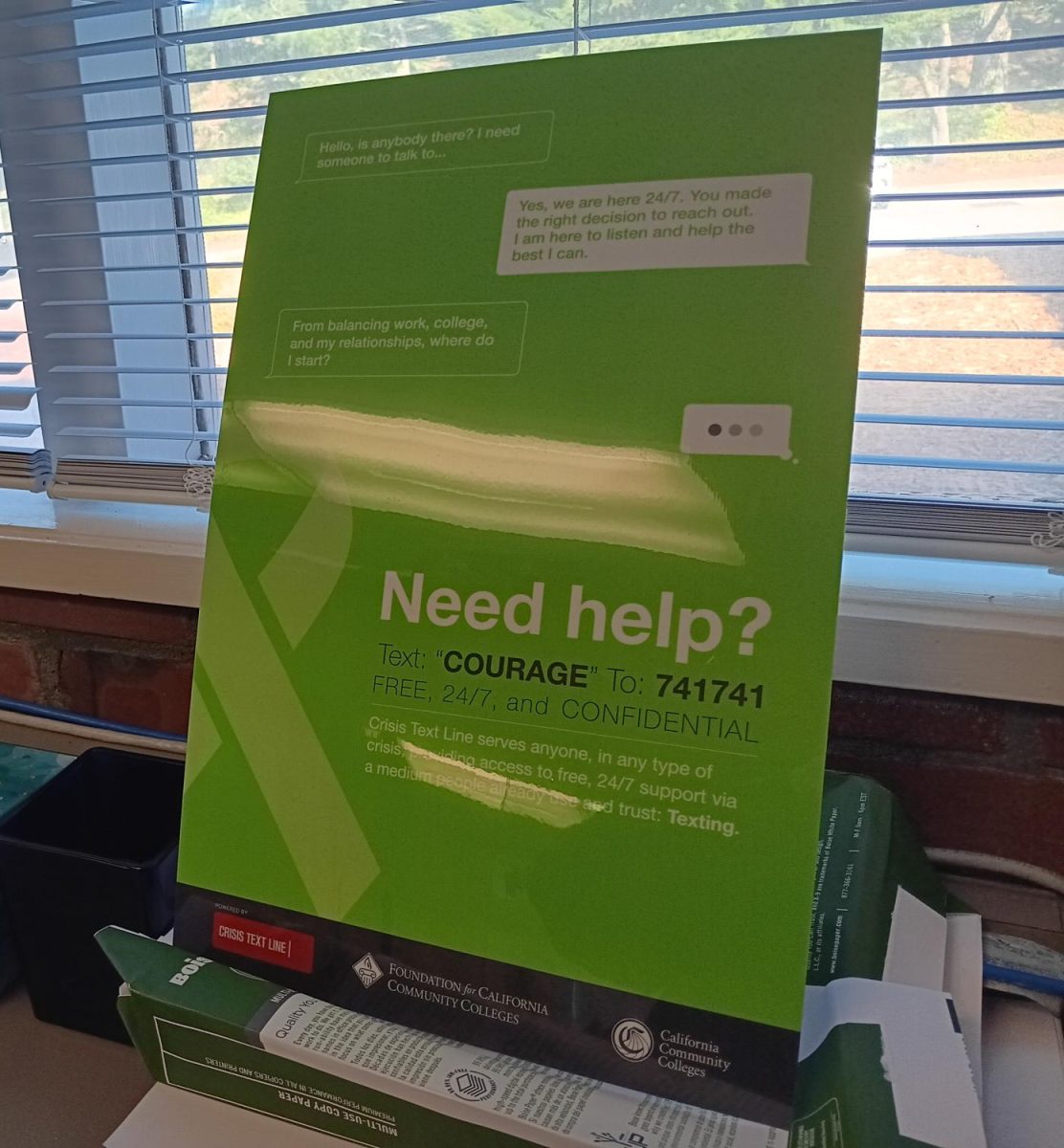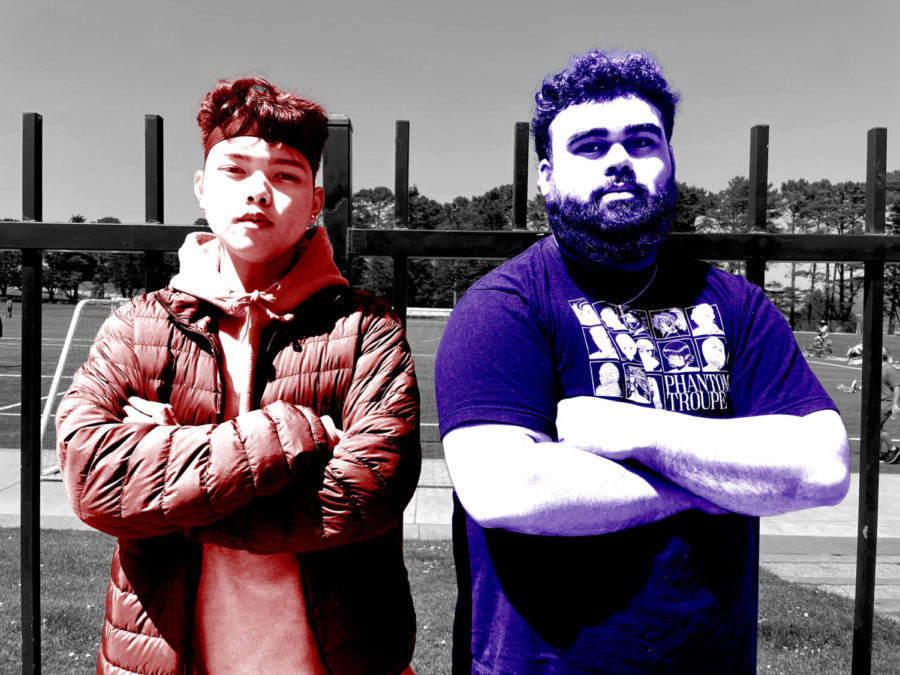Martha Ellis Gellhorn was an American writer, travel writer, and journalist who was considered one of the great war correspondents during the 20th century. During the span of her 60-year-long career, Gellhorn reported on virtually every major world conflict that took place. Ernest Hemingway, an American author was Gellhorn’s husband from 1940 to 1945.
Gellhorn met Hemingway during a Christmas family trip to Key West, Florida in 1936. The pair agreed to travel to Madrid, Spain together in order to cover the Spanish Civil War of 1936, in which Gellhorn had been hired to report for Collier’s Weekly. Just two years later, Gellhorn, while in Germany, reported on the rise of Adolf Hitler. Dedicated to her life as a reporter, Gellhorn often took long absences which caused a strain on her relationship with Hemingway.
Gellhorn traveled over Western Europe to cover World War II, first starting in Britain. Gellhorn was firm on her stance to be there when the Allied powers prepared to invade Nazi-occupied France in 1944. Regardless of the lack of U.S. support for female correspondents reporting on the front lines, Gellhorn stowed away on a medical ship to report on the D-Day landings.
She later recalled in her book titled “The Face of War,” “From November 1943, with one unavoidable break in the spring of 1944, I followed the war wherever I could reach it.”
She was the first woman to land in Normandy on D-Day. In the same autobiography, she wrote, “The U.S. Army public relations officers, the bosses of the American press, were a doctrinaire bunch who objected to a woman being a correspondent with combat troops.”
On April 29, 1945, during the liberation period, she was one of the first journalists that entered Dachau with American troops and reported on the infamous concentration camp. Her coverage of major world events, including the rise of Adolf Hitler and the liberation of the concentration camp in Dachau is precisely why she holds the prestige of being one of the greatest war correspondent and journalists in our nation.
Her accounts of the major world events and her ambition to report on them was a landmark piece of journalism and redefined what it meant to be a journalist. Gellhorn wrote in her novel “The View from the Ground,” “Journalism is education for me. The readers, if any, may get some education too but the big profit is mine. Writing is payment for the chance to look and learn.”
In her final years of life, Gellhorn fell ill, and had ovarian cancer that had spread to her liver and she also suffered from blindness. On February 15, 1998, she took her own life in London by taking a cyanide capsule. The Martha Gellhorn Prize for Journalism was established in 1999 by the Martha Gellhorn Trust to honor her.
Gellhorn had documented many of the most influential events of the 20th century and had she not done this, we would not have eyewitness accounts of the events that took place. She continues to be an inspiration and model to many female journalists and war reporters today.



















